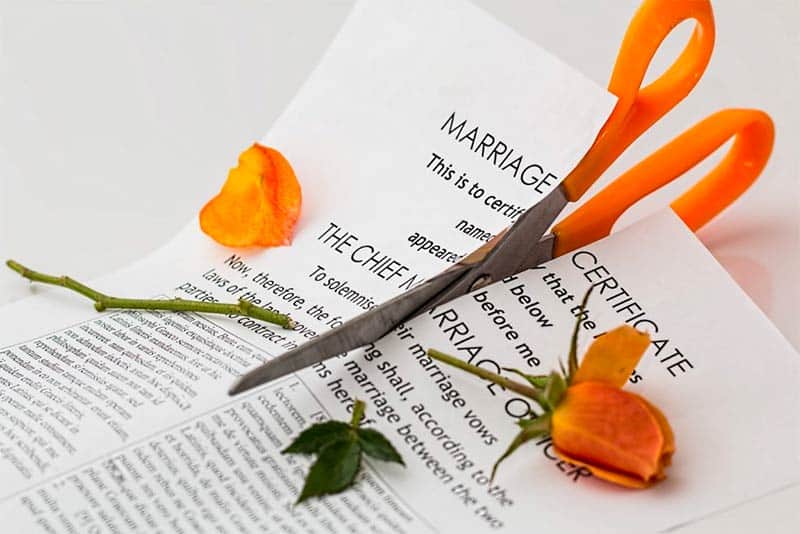Divorces are an incredibly difficult time for any family. Beyond the emotional aspect, there are legal issues that need to be addressed. The decisions that need to be made and the almost endless paperwork that go along with them, are stressful for everyone involved. You have so much to do to re-title assets, sell or refinance your home, relocate, decide on child custody and trying to plan for the future for your children. All of these things are essential following a divorce, and because it is so overwhelming, one thing that is often overlooked post-divorce is revising, or perhaps creating, your estate plan.
If you and your ex-spouse have created your estate plans before, you will need to go through and revise. A very important change that will need to happen is changing any beneficiary designations that were previously in the name of your ex-spouse. These are not controlled by a will or trust and may include life insurance, retirement plans, and bank accounts. If you have minor children named as beneficiaries, they will not inherit your assets until they are 18 years old. This means that the court will step in and name a guardian to manage the inheritance or funds, often times this is the ex-spouse. You can also create a trust as a beneficiary. Trusts are managed by trustees and are held liable if they misuse your assets in the trust. You can structure the trust for your children so that they receive their inheritance at a certain age or in small increments. You can even make sure that their inheritance is put in an education fund because you designate who receives your assets and how they are distributed. Assets in a trust are safe from creditors and your ex-spouse. It can not be stressed enough how important it is to go through and update your estate plans after a divorce to remove your former spouse as a beneficiary or eliminate them having any sort of legal powers over you.
You will need to update your will as well. If you don’t, your ex-spouse could potentially inherit something that you did not want them to. This might unintentionally disinherit other family members who you now want to provide for. It is also important to rename a guardian for your children if you or both you and your ex-spouse die, especially if family dynamics have changed post-divorce. Other things that might have been in your ex-spouse’s name are financial and health care powers of attorney. You may want to name a parent, sibling, or an adult child to take over these powers. [1]
For those divorcees that wonder about the possibility of remarriage in the future, there are steps you can take to ensure that your children or family members get certain assets while the new spouse gets others. Naming certain people as beneficiaries in your will and/or trusts are great ways to ensure that your assets are directed to the correct people. Another option to consider is for you and your new spouse to sign a marital property agreement, in which you outline what assets belong to who and what happens to then in the event of a death or the end of the marriage. [2]
If you are a divorcee and you and your former spouse had not yet considered estate planning, there is no time like the present to start. It is likely that you have a list of your debts and assets from the divorce which can help you start the estate process. Every major life event should be a trigger to plan your estate for many reasons. One of the most important reasons is so you have a say in who gets your assets. Without a will or any sort of estate plans in place your assets will go through the probate court. This process is often long, expensive and leads to unintended results. This is why estate planning is so important no matter what stage of life you are in, particularly if you are in a post-divorce stage.
[1] “Estate Planning After Divorce – Estateplanning.Com”. Estateplanning.Com, 2018, https://www.estateplanning.com/Divorce-Planning/.
[2] “Estate Planning And Divorce”. Legacy Assurance Plan, 2018, https://legacyassuranceplan.com/estate-planning-divorce/.


